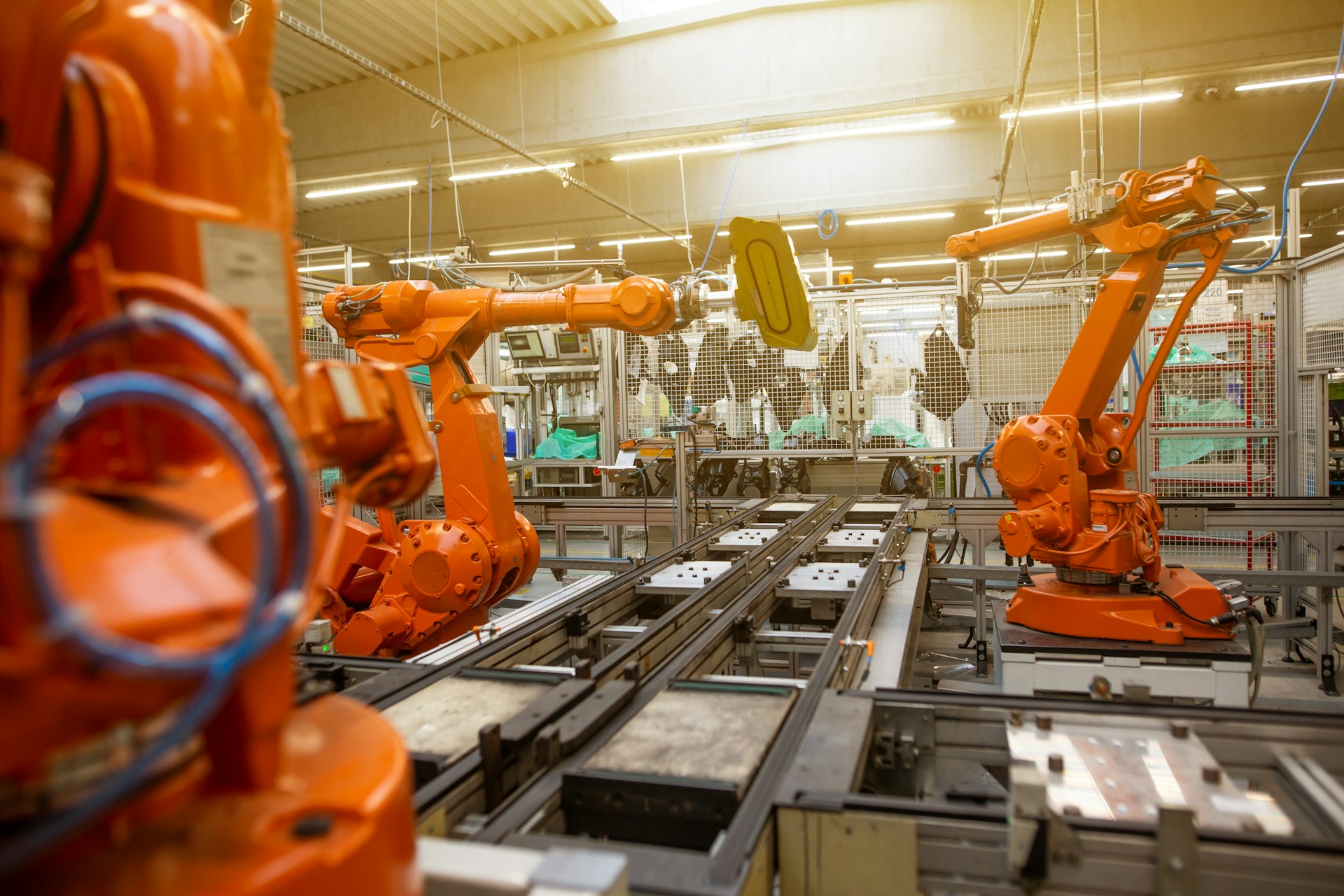Automation is an IT buzzword, but its impact is real and growing. A 2023 UK government survey revealed that one in six organisations have adopted at least one AI technology.
Though many companies are still uncertain about making a similar change, new technology is rising to meet this challenge. We invited three industry experts – Kenny Lowe from Dell Technologies, Rick McAvoy from TD Synnex, and our own Kris Haynes – to lead our webinar on this topic, The Automation Platform Shift.
In this post, we’ll highlight the key insights from the webinar that you can start applying in your organisation today.
Webinar Recap
The Automation Evolution: A Historical Context
It’s easy to overlook that automation predates modern IT by many decades. Kris Haynes discussed how the common objection of “that’s how we’ve always done it” was evident even in the 1920s. At the point where Henry Ford automated the production line using electrification, the technology itself was almost 50 years old. However, disadvantages and a reluctance to move from established steam power meant people largely ignored it.
A similar reluctance has been part of IT more recently too – like the move to virtualised storage. This is where “the art of the flexible” comes in. This newer way of thinking favoured building environments to be inherently moveable. As such, they can exist on-prem, in the cloud, or on edge simultaneously.
As Kris explained:
“Different solutions do match different needs – we need to take a lot of caution and a lot of intelligence when we’re looking at a workload to say, where should this actually sit? Should it sit at the edge? Should it sit in a public cloud? Should it sit on-prem? Or can we use some kind of automation to move that workload dynamically around all of those locations?”
Live Optics
That “intelligence” that Kris mentioned was key to Rick McAvoy’s section, where he discussed the applications of Live Optics software. He emphasised how its ability to assess infrastructure workloads helps you to understand the impact actions have across environments. Rick also took attendees through other features, like its Automated Insight Report (AIR), and its analysis of server performance, component usage, and virtualisation levels. These metrics help you see what operational improvements are most urgent, and where to focus resources.
“The key thing with any IT infrastructure,” Rick explained, “is it’s not so relevant what it’s on, it’s what you can do with it. So it doesn’t matter what it looks like as long as it’s right for your business.”
Introducing the Dell Automation Platform
The final section of the webinar was led by Kenny Lowe from Dell Technologies, giving users an exclusive look at the Dell Automation Platform. At the time of the webinar, Dell hadn’t yet officially released it!
Kenny began by contextualising the Platform’s relevance through Dell’s research. This found that customers had three competing strategic imperatives: AI, private cloud, and edge computing. With each, employees and organisations said that either they did not have enough skills, or strong enough infrastructure management, to invest in them the way they wanted to.
This is one of the problems that the Dell Automation Platform looks to solve. The Platform is a portal where you can choose from a catalogue of potential outcomes, and have that outcome deployed on your infrastructure – no matter what infrastructure it is.
Kenny outlined the Platform’s three core components: Dell Private Cloud, Dell AI Solutions, and Dell NativeEdge. He explained how each part enhances the customer experience across all Dell operations, bypassing HCI challenges, making AI deployment easier, and securing edge orchestration.
He also emphasised how customers would be able to put their own stamp on the platform, through building their own outcomes – either through extending Dell’s existing blueprints, or going entirely from scratch.
At its core, the Platform is giving customers the choice on what they want to do with their own software. Kenny himself summed it up:
“Choice is the operative term here: choice in terms of outcome, choice in terms of infrastructure that you use, choice in what ecosystems you use, and choice as to whether you run on premises or in SaaS.”
If this webinar had one key takeaway, it would be to do with technology adoption. This shouldn’t be driven by trends alone, but shouldn’t be avoided out of caution. Rather, technology should be adopted strategically, based on what’s right for your own business.
Rick McAvoy summarised it best, saying “It’s not a one size fits all. Nothing is in IT.”
Thank you to Kris, Rick, and Kenny for lending their time and expertise for this webinar! Watch the webinar in full by following this link.
Get detailed insights into your network with our IT Infrastructure Assesment. Find out more about why it’s trusted by companies across the UK by visiting our website.

